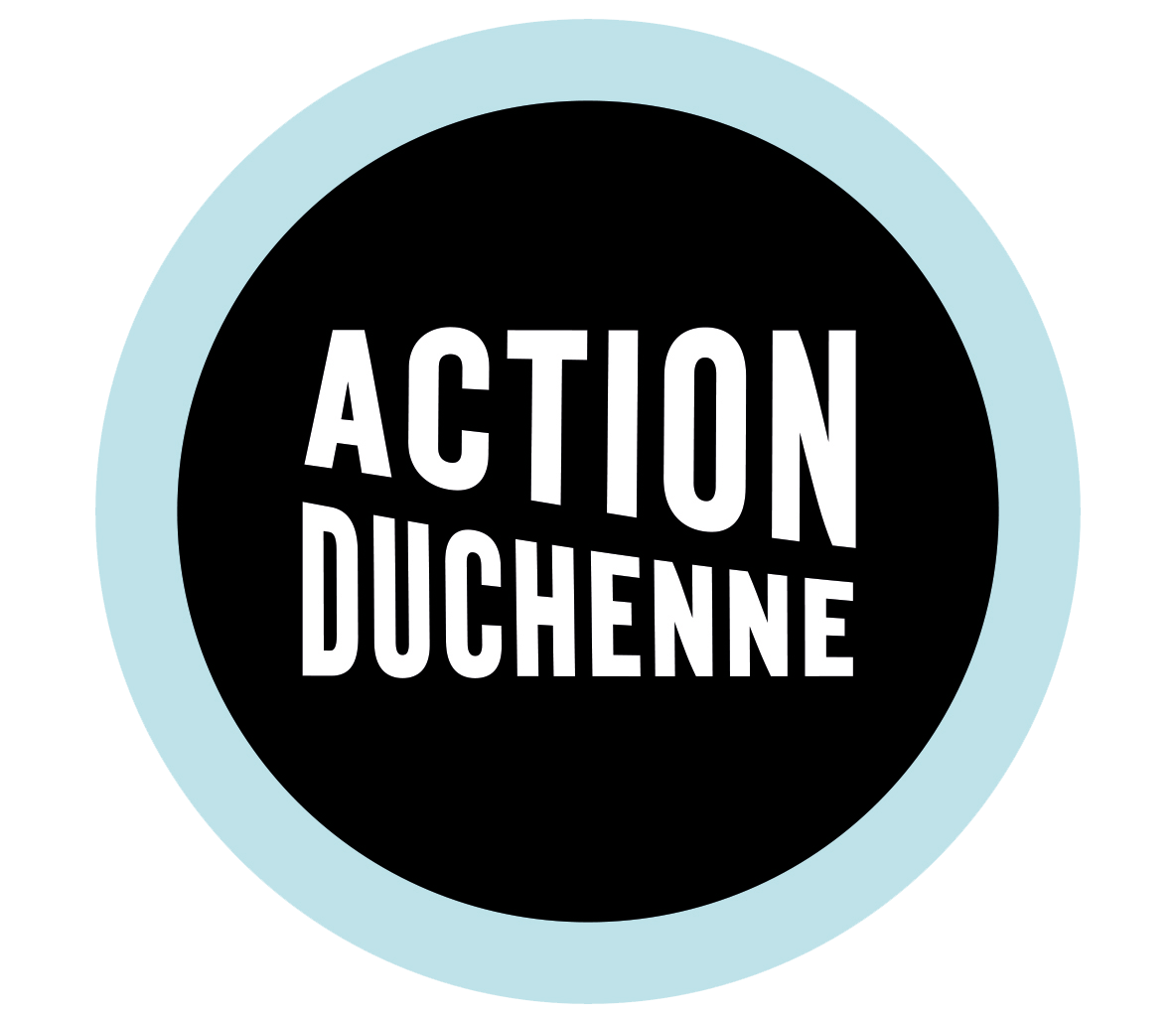A late-breaking presentation at the 24th International Annual Congress of the World Muscle Society (WMS) in Copenhagen, Denmark reported top-line data from 18-month treatment of Duchenne muscular dystrophy (DMD) patients (VBP15-LTE trial). The data was presented by Dr. Eric Hoffman, CEO of ReveraGen.
Motor outcome results
At the WMS presentation, Dr. Hoffman reported motor function data from 23 patients treated with 2.0 or 6.0 mg/kg/day vamorolone for at least 18 months compared to matching steroid-naïve patients from the Duchenne Natural History Study (DNHS) conducted by the Cooperative International Neuromuscular Research Group (CINRG) (McDonald et al. 2018). Vamorolone treatment significantly improved the velocity of 10-meter run/walk (p=0.005), and 4-stair climb (p=0.036) relative to historical controls. Time to stand from supine showed significant improvements within the vamorolone-treated patients from baseline to 18-months (log seconds p=0.007; velocity p=0.017), but comparison to CINRG DNHS steroid-naïve patients did not reach significance (p=0.08). In addition, motor function outcomes of vamorolone-treated DMD boys were compared to age-matched prednisone-treated CINRG clinical trial patients (Escolar et al. 2011). Both groups (vamorolone and prednisone) showed similar improvements in these gross motor outcomes.
Reduced side effects
Vamorolone-treated DMD boys showed normal growth rates, and less physician-reported weight gain and Cushingoid features compared to published studies of prednisone and deflazacort (Griggs et al. 2016). The molecular and clinical data suggest that vamorolone is a dissociative steroidal drug that maintains efficacy and has a lower level of the adverse effects that are seen with the currently recommended corticosteroids for the treatment of DMD.
Our findings suggest that vamorolone results in improvement in DMD patient function, similar to that of corticosteroids, but with less side effects, including no stunting of the growth of DMD children
Dr. Hoffman.
People living with Duchenne often show poor compliance with corticosteroid treatment and this is primarily due to intolerable side effects
The poor growth of boys living with Duchenne after taking corticosteroids is of concern to patients and families, and the lack of this growth failure with vamorolone treatment is an objective outcome of improved safety
Dr. Paula Clemens, Study Chair
While these results are encouraging, it is important to note that the effectiveness of vamorolone is still being tested in clinical trials. We will bring you further updates from these trials as they are received.




